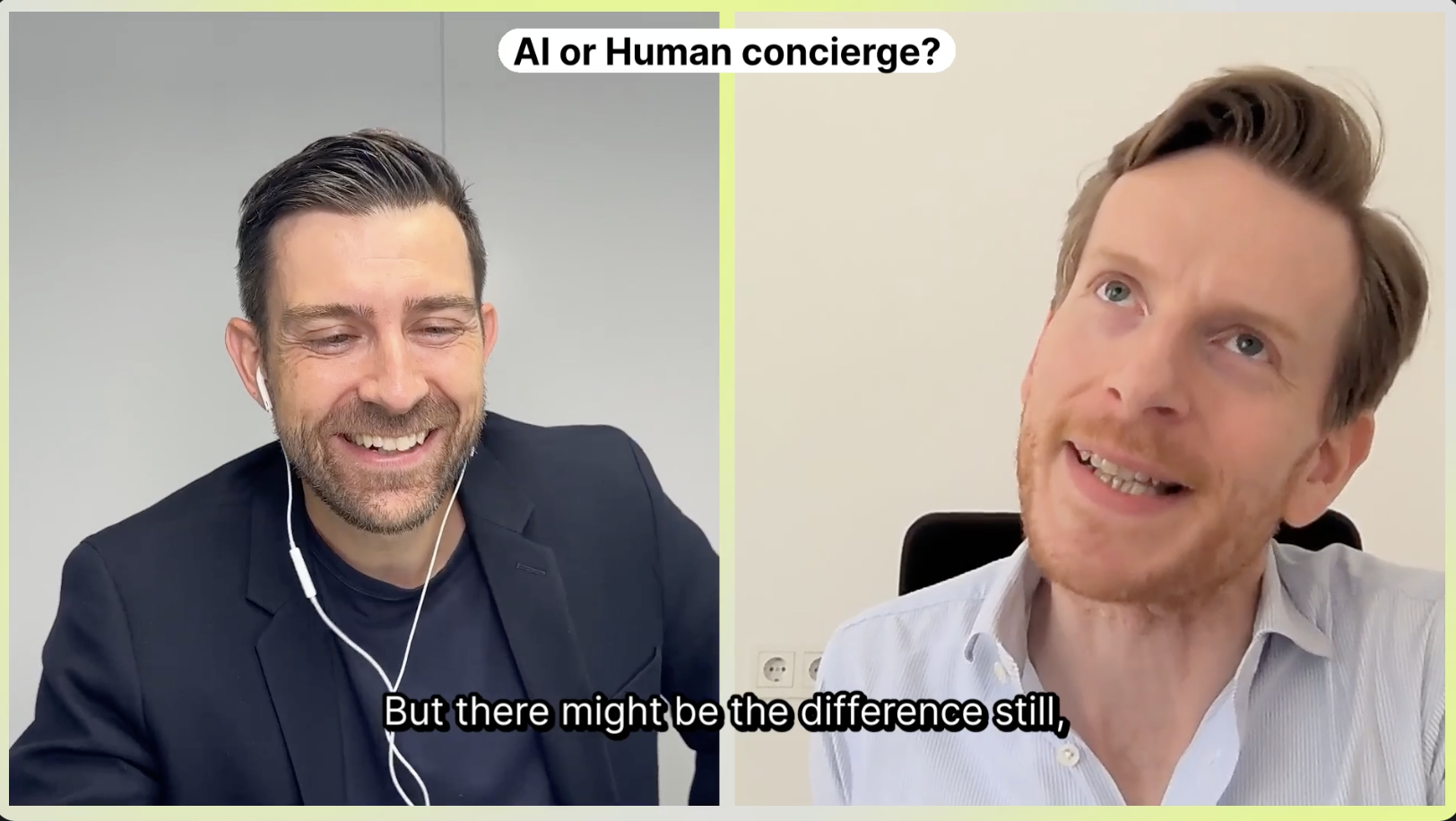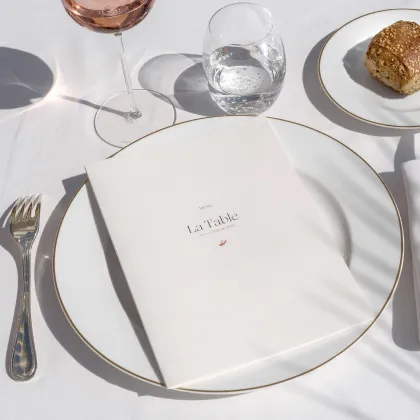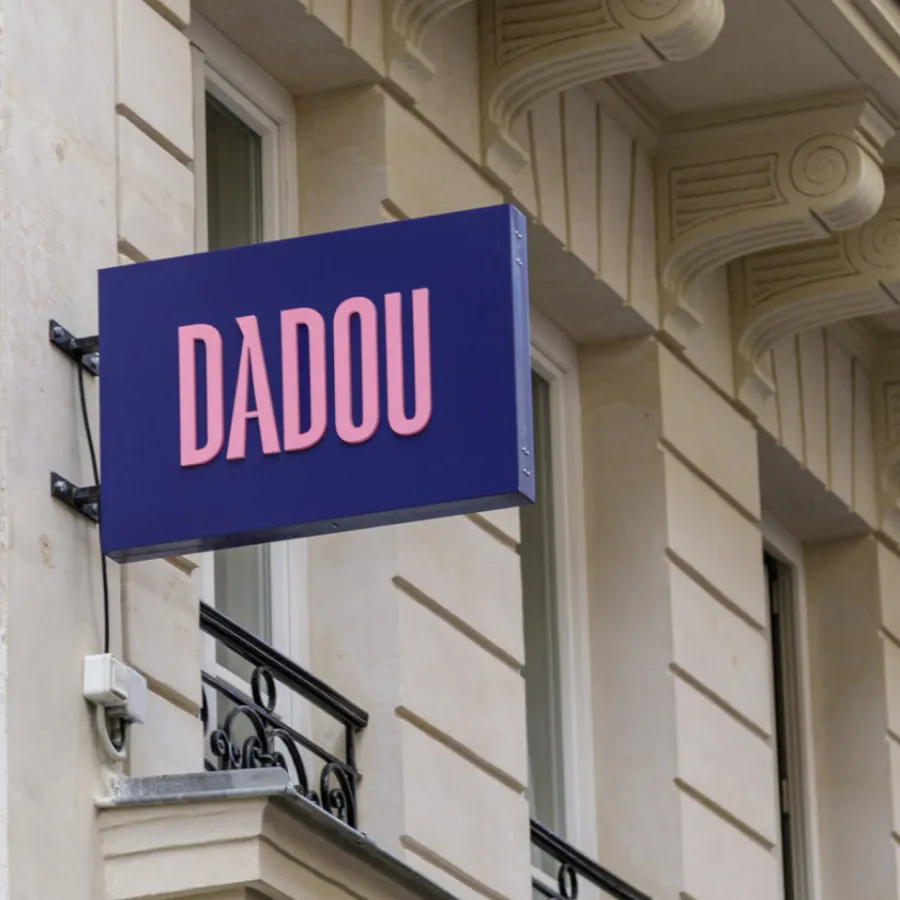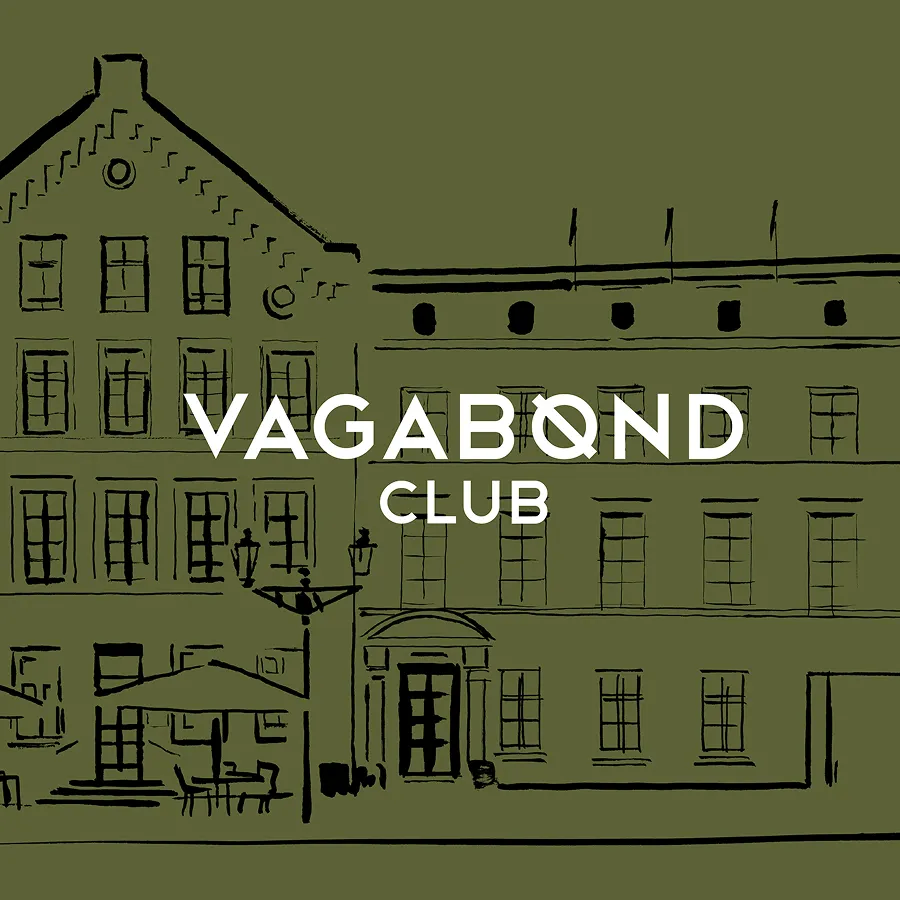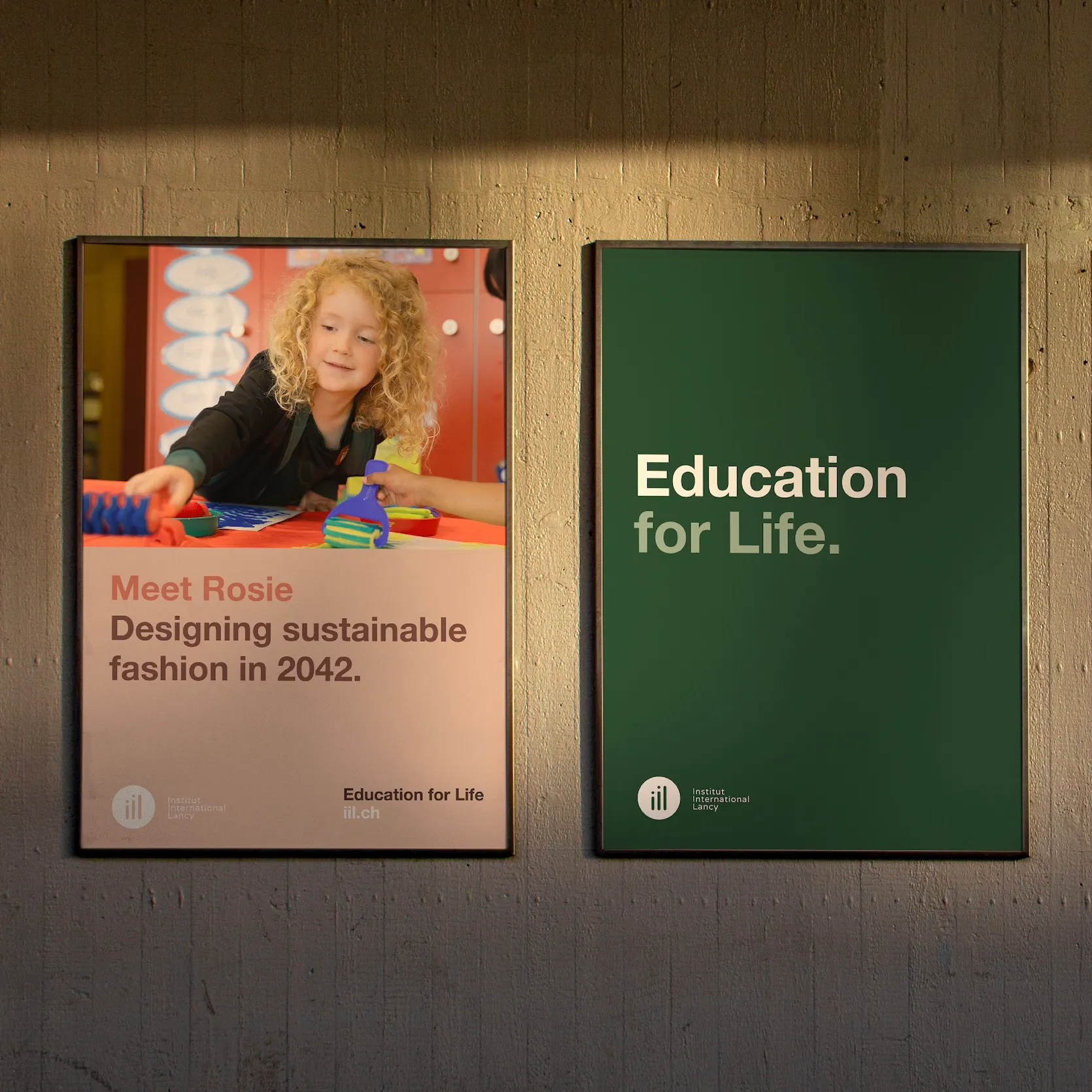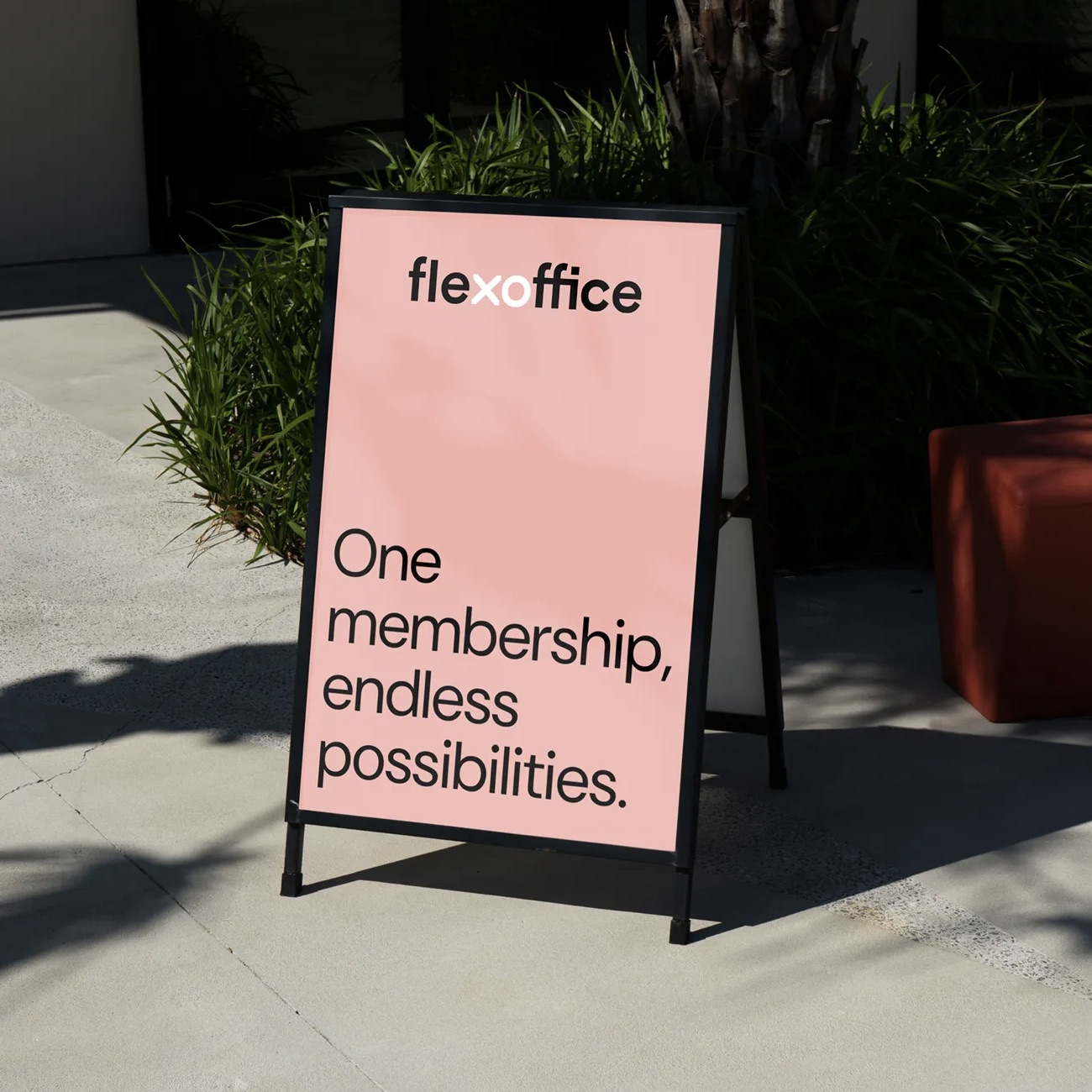The Secret to Creating a Winning Hospitality Concept
How can you ensure your hospitality concept remains relevant for years to come? How do you choose the right interior designer? How do you generate lasting media buzz after opening? These are the questions we answer at Creative Supply, when we create and launch new hospitality concepts for hotels, resorts, and restaurants worldwide.

Why Interior Design Alone Won’t Make Your Concept Succeed
Many hotels and restaurants start renovation or new-build projects by immediately hiring an interior designer. This is a common and costly mistake that inevitably leads to a beautiful space that lacks true substance and clear intention.
Here’s why starting with interior design can limit your success:
- It’s easy to copy: Competitors can imitate your look within months.
- Hype fades fast: Media buzz around a beautiful space peaks at opening, then vanishes when the “next big thing” arrives.
- Overdesigning harms the experience: Ever struggled to turn off the lights in your hotel room? Design without guest-centric thinking can frustrate customers.
- Designers focus on spaces, not strategy: Positioning, customer targeting, and operational viability often take a back seat.
A few years ago, we joined a Parisian hotel project late in the process. The interior design was stunning, but too chic for the target market and out of sync with the neighbourhood. The designers had received only one vague brief: “Design our hotel, please.”
The result?
A beautiful but mismatched property.
The Real Starting Point: Your Story
A story-led approach is the foundation of every enduring hospitality concept. Your story defines your property’s role, aspirations, and emotional appeal, giving guests a reason to choose you beyond just “a bed and a meal”.
Why your story matters:
- It lasts: A story can evolve over decades, unlike trendy décor.
- It’s hard to copy: Your unique narrative sets you apart in a saturated market.
- It’s cost-effective: Story development is inexpensive compared to construction.
- It drives loyalty: Emotional connection reduces price sensitivity.
- It fuels PR: Journalists follow strong stories for years, not just at launch.
Your story should reflect your customer segments, location, management style, and infrastructure. For example, building a narrative around avant-garde street art would clash with a conservative airport hotel.
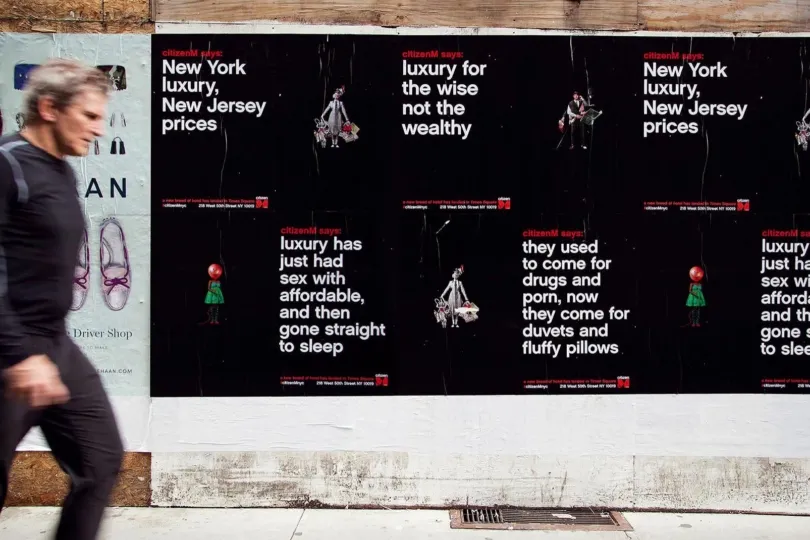
Story vs. Theme: Know the Difference
A theme is superficial, often expressed through design alone. A story runs deeper.
A champagne-themed or sailing-themed hotel might attract one-time visitors, but how often would you want to visit ? However, a compelling story, such as “Affordable luxury for global citizens” (CitizenM) or “The artists’ address since 1911” (Terrass” Hotel), creates an emotional bond and a reason to return. Over time and with the passage of guests, it ripens and evolves.
Examples of story-led hospitality brands that go beyond brick-and-mortar:
- Flash Coffee – Democratising speciality coffee
- The Hoxton – Open houses inspired by local communities
- Ryse Seoul – Home to the creative globe-trotting community
- Soho House – A members-only club for creative souls
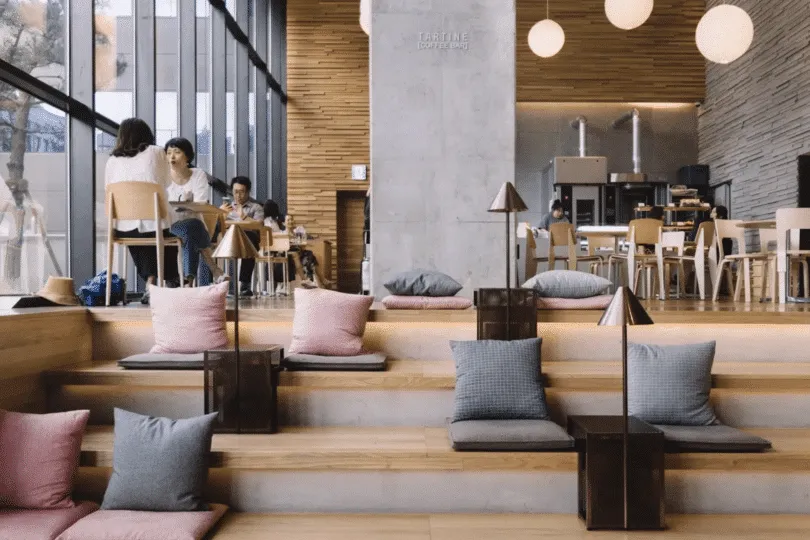
Ask yourself: “If my hotel or restaurant didn’t have rooms or tables, what would my concept stand for?” If you don’t have an answer to this question, your customers will not see more than your products and services either.
So, how can you create a story that is truly unique?
Find What Google Doesn’t Know
Your competitors have access to the same market reports, work with the same interior designers, and search for the same information online. If you want to create something truly original, you must have different input. In other words, you must look for information not readily available. To do that, go out in the streets and find what Google doesn’t know.
Look around you — how are people dressed? Do they have dogs? Do they eat outside? What kind of music do local shops or cafés play? What types of food or drinks are most popular? How do people greet each other, formally or casually? The list goes on.
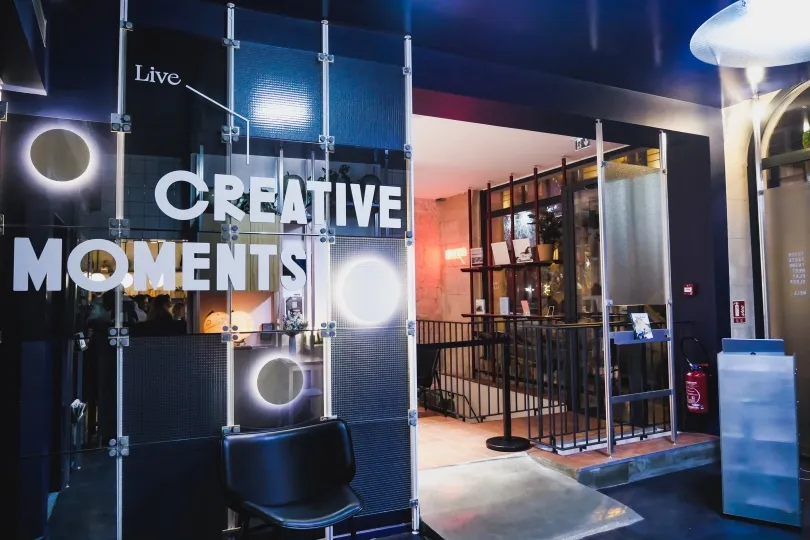
Tap Into Local History
Archives and local anecdotes are goldmines. Talk to the locals to get a real sense of the place. Visit the archives of your destination to unearth anecdotes and forgotten facts.
In one of our resort hotel projects in Switzerland, we found a treasure trove of information about the history of the hotel, from old memorabilia to vintage advertising. In one pamphlet from the 80s, the hotel was advertised as “a cruise without leaving the shore” — that’s a whole story right here.
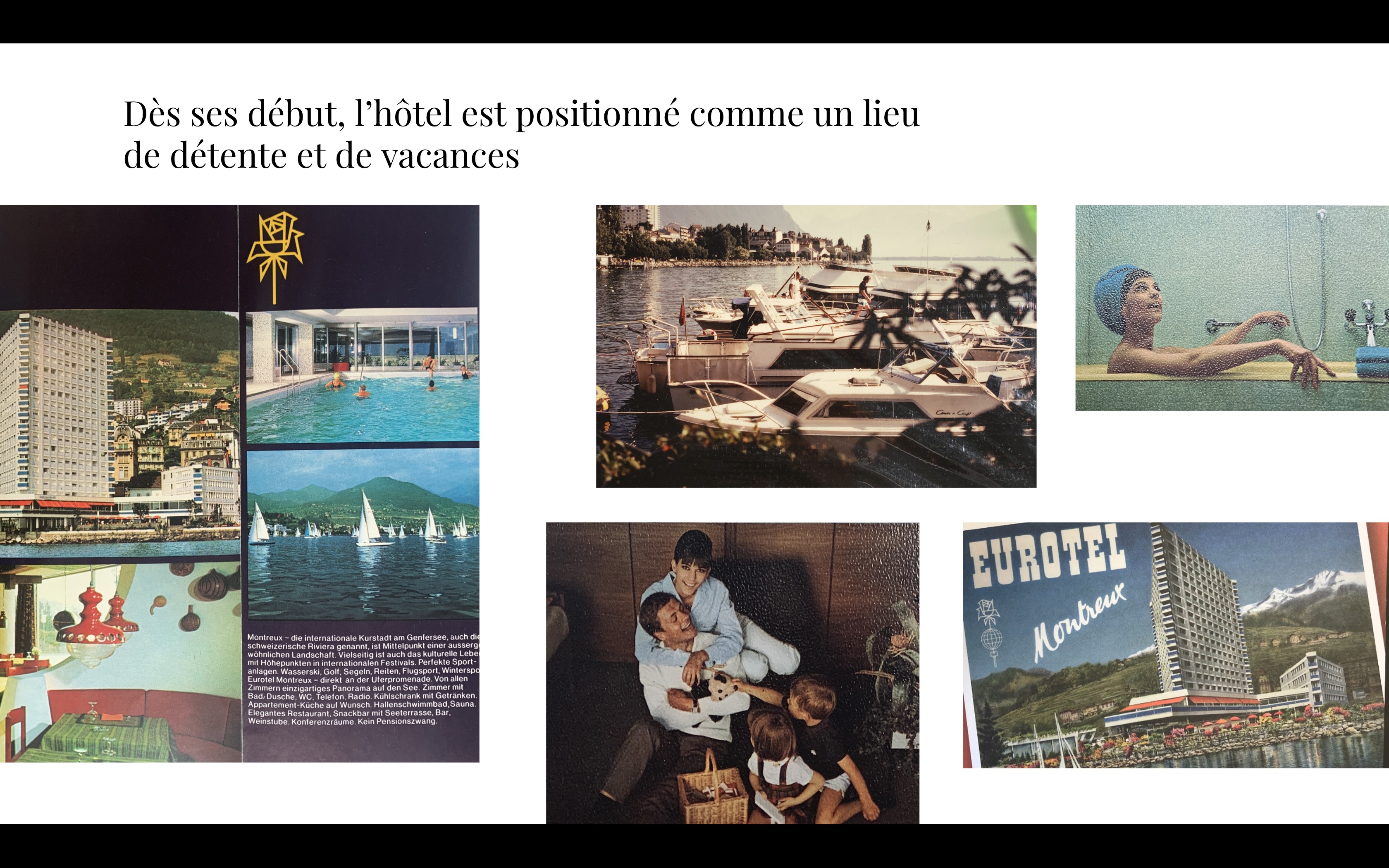
Play to Your Strengths
Combining your findings into a meaningful, memorable and timeless story is a creative exercise. As a rule of thumb, you should find something that uses your strengths, provides what your customers want and digs out what your competitors don’t have. The key is to give your property an active role — not just “a place to stay”, but a community hub, cultural stage, or creative playground.
Here are more examples of storytelling we developed for several hospitality concepts:
- Terrass” Hotel – The artists’ address since 1911
- Nuage – A Parisian flagship for slow luxury
- Vagabond Club – Reinventing the golden age of travel
This story-led approach has allowed our clients to get countless (free) media coverage, from the likes of The Telegraph, Vanity Fair, the Wall Street Journal, Monocle, and many more.
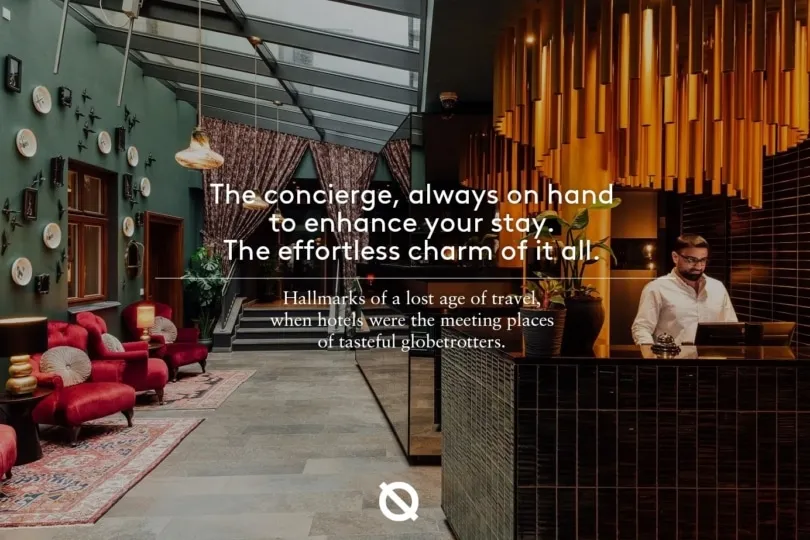
Why Story-Led Concepts Outperform
Crafting your story is the most important step in building a winning hospitality strategy. It sets the foundation for the brief of your interior design, brand identity, and every part of the guest experience. Think of it as the golden thread weaving through your entire project.
When disagreements come up, your story acts as the “internal decision yardstick”. For your guests and community, it’s a “a rallying point” that drives loyalty and business growth.
The challenge? Making sure every element stays true to your story. It sounds simple, but with many stakeholders involved, it takes focus and commitment to keep everything aligned.
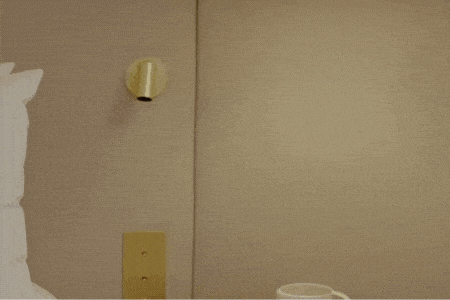
Final Thoughts
A strong story:
- Unites your team around a shared vision
- Builds guest loyalty that lasts decades
- Generates free media coverage from top publications.
Take Cipriani, a brand that started as a small bar in Venice with the vision to provide “luxury hospitality in simplicity”. Today, Cipriani is a global hospitality leader running restaurants, hotels, member clubs, grocery subscriptions, catering services and a food e-shop.
Their story, though, has never changed.
Ready to Create Your Story-Led Hospitality Concept?
At Creative Supply, we help hospitality businesses develop brand strategies, storytelling, hospitality concepts, and customer experiences that transform them into market leaders.
👉 Contact us to start your hospitality transformation.
The Secret to Creating a Winning Hospitality Concept



The Secret to Creating a Winning Hospitality Concept
How can you ensure your hospitality concept remains relevant for years to come? How do you choose the right interior designer? How do you generate lasting media buzz after opening? These are the questions we answer at Creative Supply, when we create and launch new hospitality concepts for hotels, resorts, and restaurants worldwide.
Why Interior Design Alone Won’t Make Your Concept Succeed
Many hotels and restaurants start renovation or new-build projects by immediately hiring an interior designer. This is a common and costly mistake that inevitably leads to a beautiful space that lacks true substance and clear intention.
Here’s why starting with interior design can limit your success:
- It’s easy to copy: Competitors can imitate your look within months.
- Hype fades fast: Media buzz around a beautiful space peaks at opening, then vanishes when the “next big thing” arrives.
- Overdesigning harms the experience: Ever struggled to turn off the lights in your hotel room? Design without guest-centric thinking can frustrate customers.
- Designers focus on spaces, not strategy: Positioning, customer targeting, and operational viability often take a back seat.
A few years ago, we joined a Parisian hotel project late in the process. The interior design was stunning, but too chic for the target market and out of sync with the neighbourhood. The designers had received only one vague brief: “Design our hotel, please.”
The result?
A beautiful but mismatched property.
The Real Starting Point: Your Story
A story-led approach is the foundation of every enduring hospitality concept. Your story defines your property’s role, aspirations, and emotional appeal, giving guests a reason to choose you beyond just “a bed and a meal”.
Why your story matters:
- It lasts: A story can evolve over decades, unlike trendy décor.
- It’s hard to copy: Your unique narrative sets you apart in a saturated market.
- It’s cost-effective: Story development is inexpensive compared to construction.
- It drives loyalty: Emotional connection reduces price sensitivity.
- It fuels PR: Journalists follow strong stories for years, not just at launch.
Your story should reflect your customer segments, location, management style, and infrastructure. For example, building a narrative around avant-garde street art would clash with a conservative airport hotel.

Story vs. Theme: Know the Difference
A theme is superficial, often expressed through design alone. A story runs deeper.
A champagne-themed or sailing-themed hotel might attract one-time visitors, but how often would you want to visit ? However, a compelling story, such as “Affordable luxury for global citizens” (CitizenM) or “The artists’ address since 1911” (Terrass” Hotel), creates an emotional bond and a reason to return. Over time and with the passage of guests, it ripens and evolves.
Examples of story-led hospitality brands that go beyond brick-and-mortar:
- Flash Coffee – Democratising speciality coffee
- The Hoxton – Open houses inspired by local communities
- Ryse Seoul – Home to the creative globe-trotting community
- Soho House – A members-only club for creative souls

Ask yourself: “If my hotel or restaurant didn’t have rooms or tables, what would my concept stand for?” If you don’t have an answer to this question, your customers will not see more than your products and services either.
So, how can you create a story that is truly unique?
Find What Google Doesn’t Know
Your competitors have access to the same market reports, work with the same interior designers, and search for the same information online. If you want to create something truly original, you must have different input. In other words, you must look for information not readily available. To do that, go out in the streets and find what Google doesn’t know.
Look around you — how are people dressed? Do they have dogs? Do they eat outside? What kind of music do local shops or cafés play? What types of food or drinks are most popular? How do people greet each other, formally or casually? The list goes on.

Tap Into Local History
Archives and local anecdotes are goldmines. Talk to the locals to get a real sense of the place. Visit the archives of your destination to unearth anecdotes and forgotten facts.
In one of our resort hotel projects in Switzerland, we found a treasure trove of information about the history of the hotel, from old memorabilia to vintage advertising. In one pamphlet from the 80s, the hotel was advertised as “a cruise without leaving the shore” — that’s a whole story right here.

Play to Your Strengths
Combining your findings into a meaningful, memorable and timeless story is a creative exercise. As a rule of thumb, you should find something that uses your strengths, provides what your customers want and digs out what your competitors don’t have. The key is to give your property an active role — not just “a place to stay”, but a community hub, cultural stage, or creative playground.
Here are more examples of storytelling we developed for several hospitality concepts:
- Terrass” Hotel – The artists’ address since 1911
- Nuage – A Parisian flagship for slow luxury
- Vagabond Club – Reinventing the golden age of travel
This story-led approach has allowed our clients to get countless (free) media coverage, from the likes of The Telegraph, Vanity Fair, the Wall Street Journal, Monocle, and many more.

Why Story-Led Concepts Outperform
Crafting your story is the most important step in building a winning hospitality strategy. It sets the foundation for the brief of your interior design, brand identity, and every part of the guest experience. Think of it as the golden thread weaving through your entire project.
When disagreements come up, your story acts as the “internal decision yardstick”. For your guests and community, it’s a “a rallying point” that drives loyalty and business growth.
The challenge? Making sure every element stays true to your story. It sounds simple, but with many stakeholders involved, it takes focus and commitment to keep everything aligned.

Final Thoughts
A strong story:
- Unites your team around a shared vision
- Builds guest loyalty that lasts decades
- Generates free media coverage from top publications.
Take Cipriani, a brand that started as a small bar in Venice with the vision to provide “luxury hospitality in simplicity”. Today, Cipriani is a global hospitality leader running restaurants, hotels, member clubs, grocery subscriptions, catering services and a food e-shop.
Their story, though, has never changed.
Ready to Create Your Story-Led Hospitality Concept?
At Creative Supply, we help hospitality businesses develop brand strategies, storytelling, hospitality concepts, and customer experiences that transform them into market leaders.
👉 Contact us to start your hospitality transformation.
DownloadThe Secret to Creating a Winning Hospitality Concept
Download
Why Interior Design Alone Won’t Make Your Concept Succeed
Many hotels and restaurants start renovation or new-build projects by immediately hiring an interior designer. This is a common and costly mistake that inevitably leads to a beautiful space that lacks true substance and clear intention.
Here’s why starting with interior design can limit your success:
- It’s easy to copy: Competitors can imitate your look within months.
- Hype fades fast: Media buzz around a beautiful space peaks at opening, then vanishes when the “next big thing” arrives.
- Overdesigning harms the experience: Ever struggled to turn off the lights in your hotel room? Design without guest-centric thinking can frustrate customers.
- Designers focus on spaces, not strategy: Positioning, customer targeting, and operational viability often take a back seat.
A few years ago, we joined a Parisian hotel project late in the process. The interior design was stunning, but too chic for the target market and out of sync with the neighbourhood. The designers had received only one vague brief: “Design our hotel, please.”
The result?
A beautiful but mismatched property.
The Real Starting Point: Your Story
A story-led approach is the foundation of every enduring hospitality concept. Your story defines your property’s role, aspirations, and emotional appeal, giving guests a reason to choose you beyond just “a bed and a meal”.
Why your story matters:
- It lasts: A story can evolve over decades, unlike trendy décor.
- It’s hard to copy: Your unique narrative sets you apart in a saturated market.
- It’s cost-effective: Story development is inexpensive compared to construction.
- It drives loyalty: Emotional connection reduces price sensitivity.
- It fuels PR: Journalists follow strong stories for years, not just at launch.
Your story should reflect your customer segments, location, management style, and infrastructure. For example, building a narrative around avant-garde street art would clash with a conservative airport hotel.

Story vs. Theme: Know the Difference
A theme is superficial, often expressed through design alone. A story runs deeper.
A champagne-themed or sailing-themed hotel might attract one-time visitors, but how often would you want to visit ? However, a compelling story, such as “Affordable luxury for global citizens” (CitizenM) or “The artists’ address since 1911” (Terrass” Hotel), creates an emotional bond and a reason to return. Over time and with the passage of guests, it ripens and evolves.
Examples of story-led hospitality brands that go beyond brick-and-mortar:
- Flash Coffee – Democratising speciality coffee
- The Hoxton – Open houses inspired by local communities
- Ryse Seoul – Home to the creative globe-trotting community
- Soho House – A members-only club for creative souls

Ask yourself: “If my hotel or restaurant didn’t have rooms or tables, what would my concept stand for?” If you don’t have an answer to this question, your customers will not see more than your products and services either.
So, how can you create a story that is truly unique?
Find What Google Doesn’t Know
Your competitors have access to the same market reports, work with the same interior designers, and search for the same information online. If you want to create something truly original, you must have different input. In other words, you must look for information not readily available. To do that, go out in the streets and find what Google doesn’t know.
Look around you — how are people dressed? Do they have dogs? Do they eat outside? What kind of music do local shops or cafés play? What types of food or drinks are most popular? How do people greet each other, formally or casually? The list goes on.

Tap Into Local History
Archives and local anecdotes are goldmines. Talk to the locals to get a real sense of the place. Visit the archives of your destination to unearth anecdotes and forgotten facts.
In one of our resort hotel projects in Switzerland, we found a treasure trove of information about the history of the hotel, from old memorabilia to vintage advertising. In one pamphlet from the 80s, the hotel was advertised as “a cruise without leaving the shore” — that’s a whole story right here.

Play to Your Strengths
Combining your findings into a meaningful, memorable and timeless story is a creative exercise. As a rule of thumb, you should find something that uses your strengths, provides what your customers want and digs out what your competitors don’t have. The key is to give your property an active role — not just “a place to stay”, but a community hub, cultural stage, or creative playground.
Here are more examples of storytelling we developed for several hospitality concepts:
- Terrass” Hotel – The artists’ address since 1911
- Nuage – A Parisian flagship for slow luxury
- Vagabond Club – Reinventing the golden age of travel
This story-led approach has allowed our clients to get countless (free) media coverage, from the likes of The Telegraph, Vanity Fair, the Wall Street Journal, Monocle, and many more.

Why Story-Led Concepts Outperform
Crafting your story is the most important step in building a winning hospitality strategy. It sets the foundation for the brief of your interior design, brand identity, and every part of the guest experience. Think of it as the golden thread weaving through your entire project.
When disagreements come up, your story acts as the “internal decision yardstick”. For your guests and community, it’s a “a rallying point” that drives loyalty and business growth.
The challenge? Making sure every element stays true to your story. It sounds simple, but with many stakeholders involved, it takes focus and commitment to keep everything aligned.

Final Thoughts
A strong story:
- Unites your team around a shared vision
- Builds guest loyalty that lasts decades
- Generates free media coverage from top publications.
Take Cipriani, a brand that started as a small bar in Venice with the vision to provide “luxury hospitality in simplicity”. Today, Cipriani is a global hospitality leader running restaurants, hotels, member clubs, grocery subscriptions, catering services and a food e-shop.
Their story, though, has never changed.
Ready to Create Your Story-Led Hospitality Concept?
At Creative Supply, we help hospitality businesses develop brand strategies, storytelling, hospitality concepts, and customer experiences that transform them into market leaders.
👉 Contact us to start your hospitality transformation.
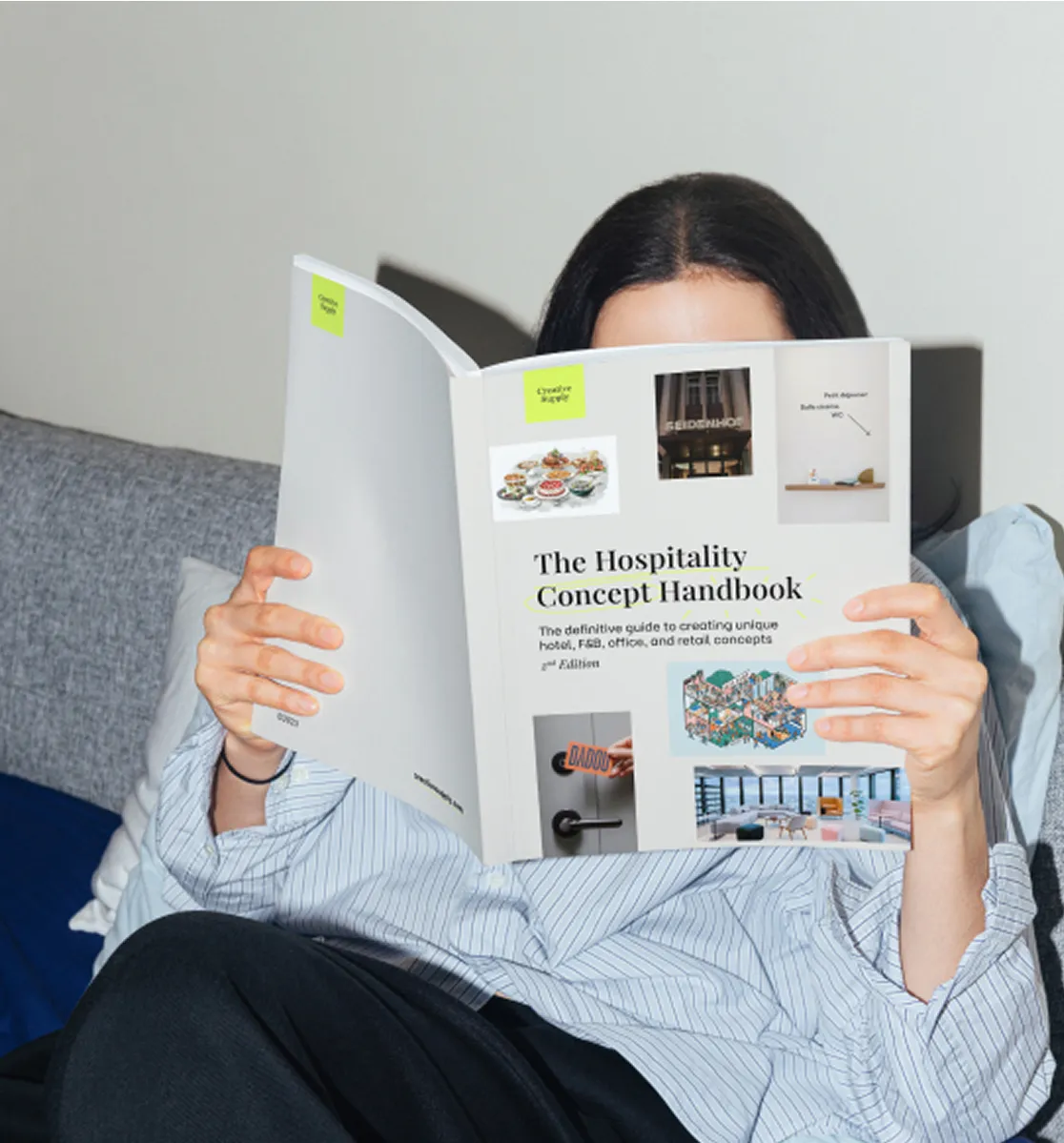
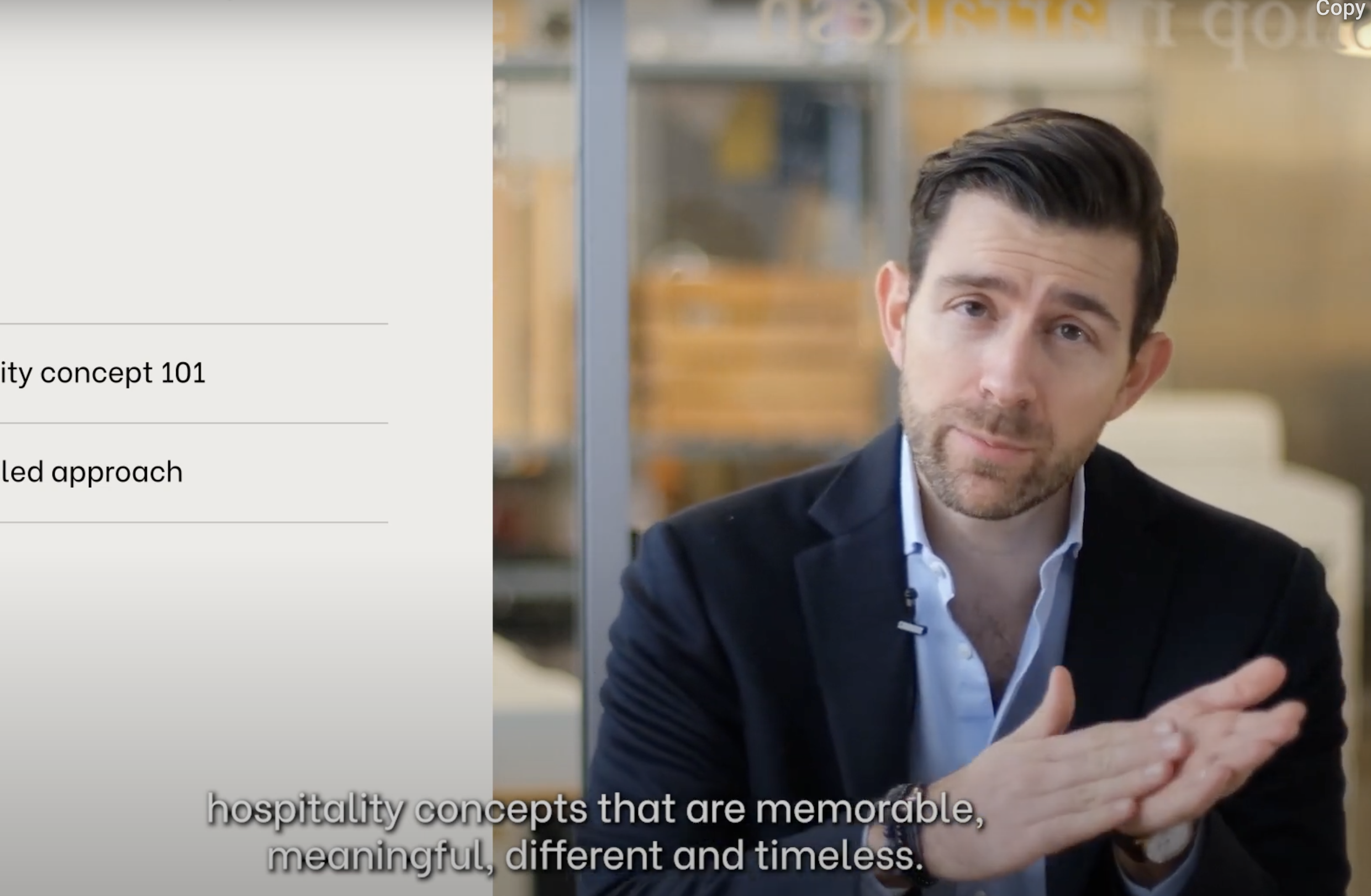
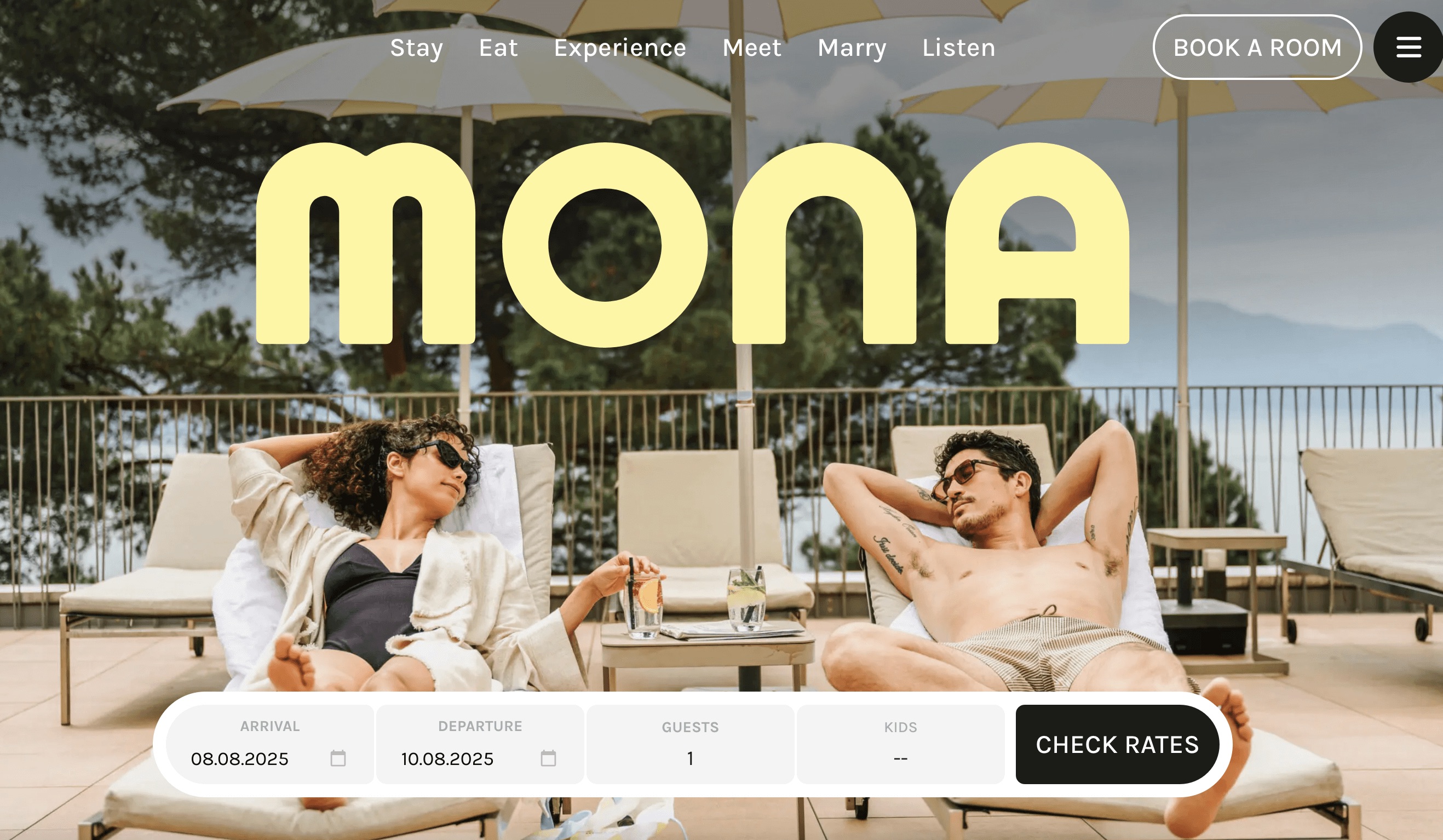
%20Spend.jpeg)
